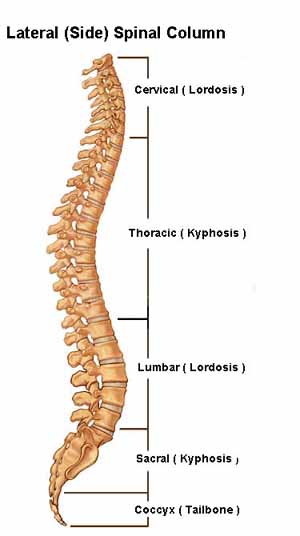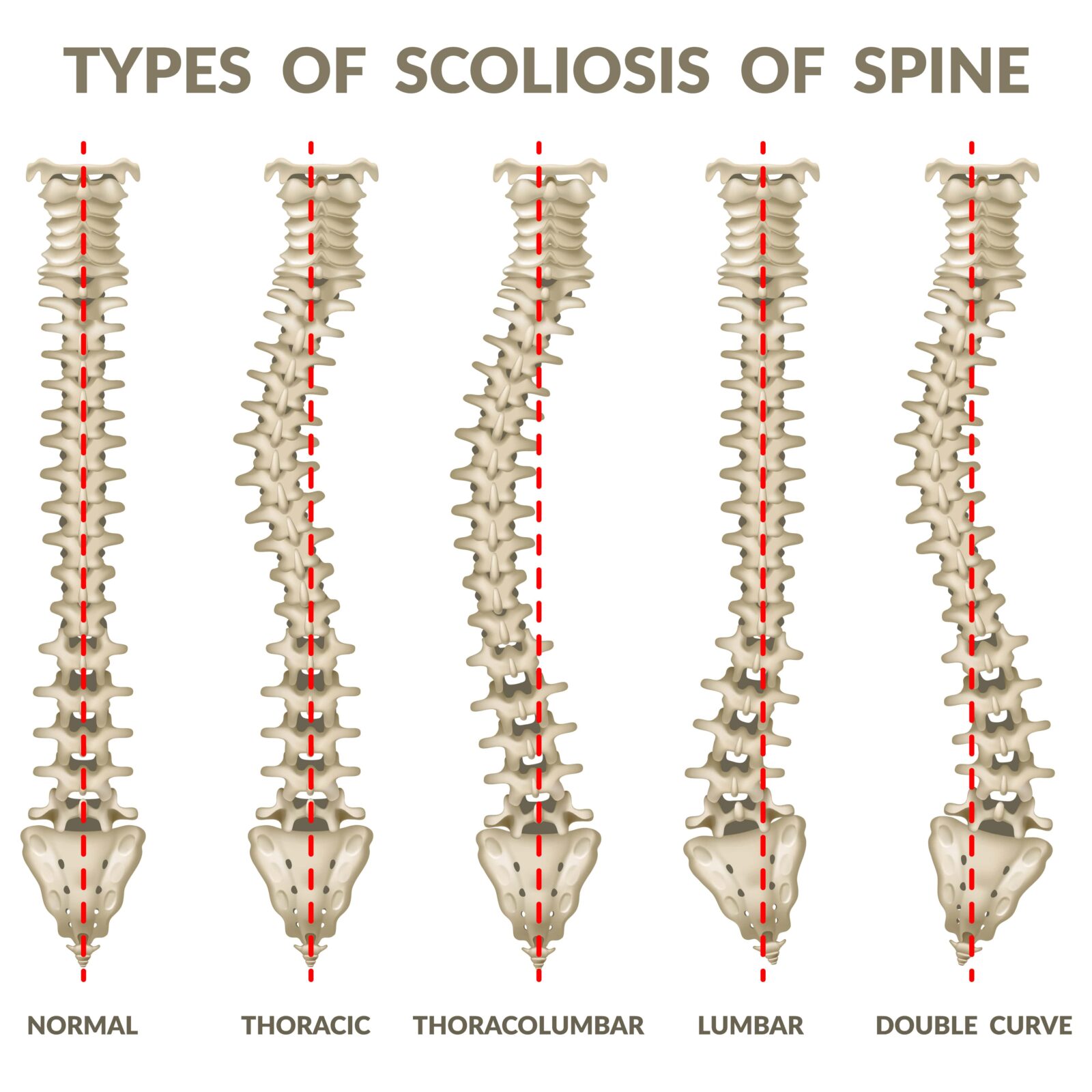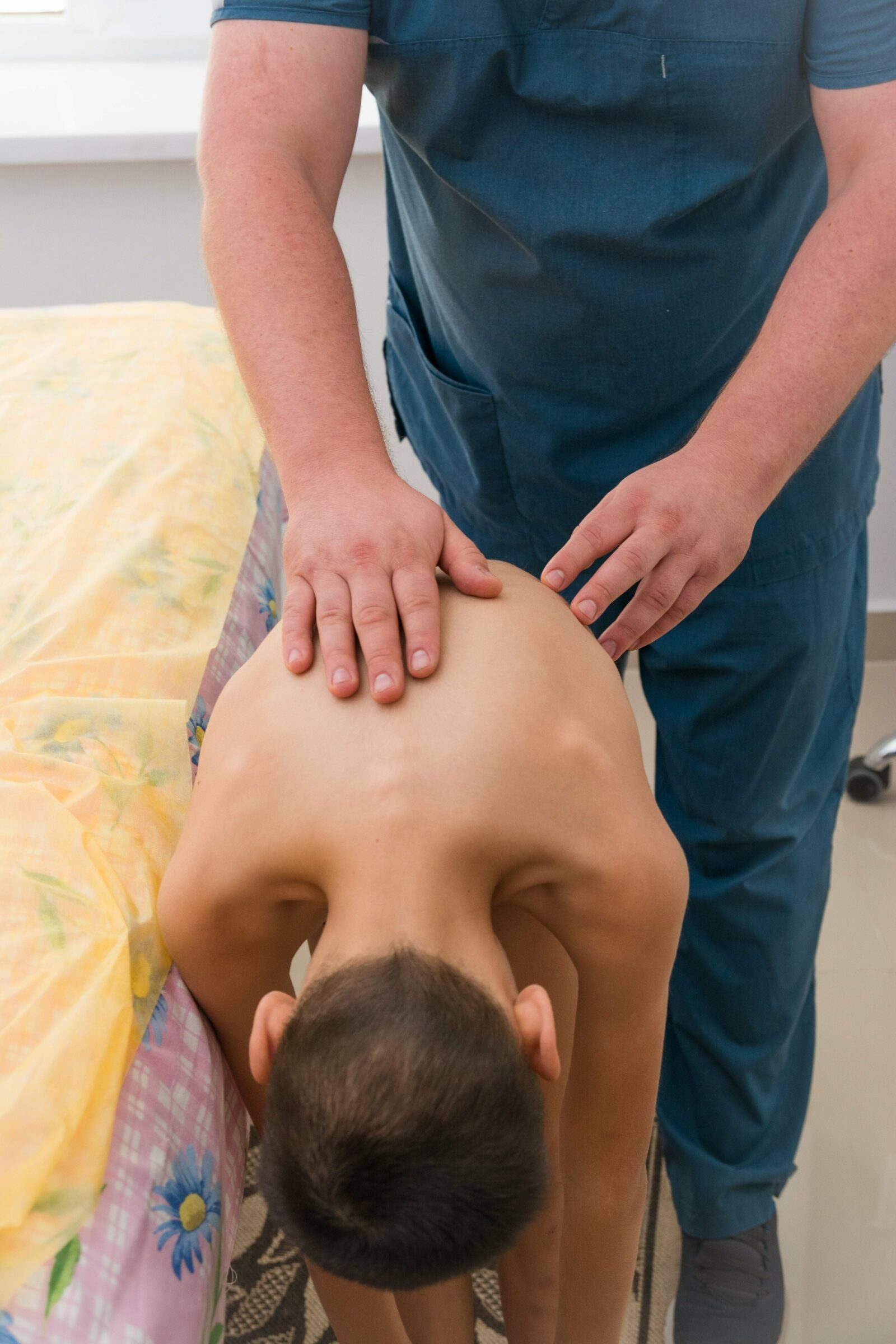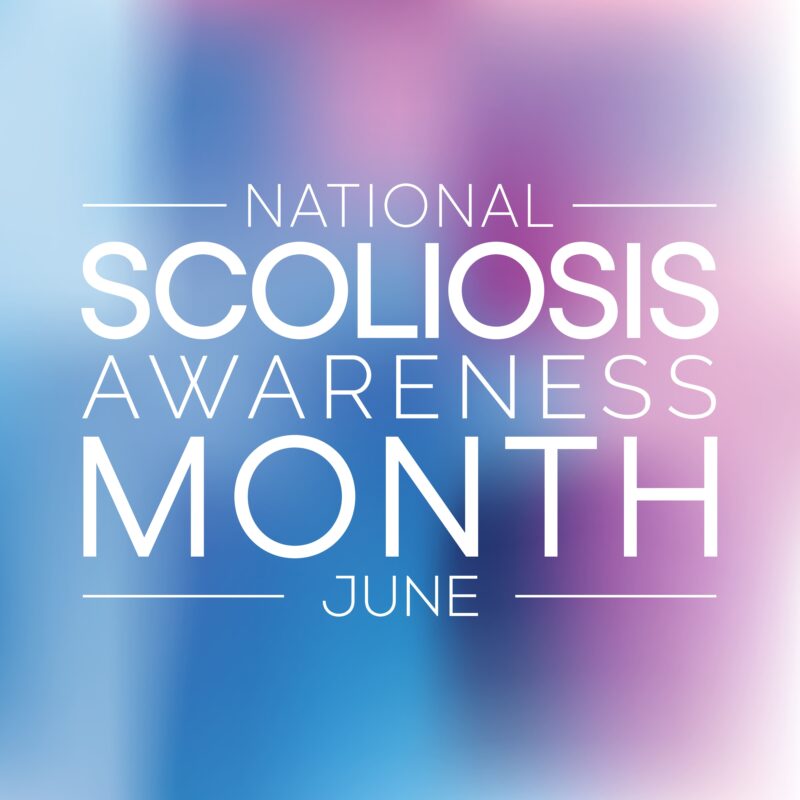Did you know that June is National Scoliosis Awareness Month? During the month of June, scoliosis patients, families, physicians, clinicians, institutions, and related businesses are united to highlight the need for education, early detection, and public awareness of scoliosis. Currently, it is estimated that anywhere from six to nine million Americans are affected by scoliosis. The majority of these people are children and adolescents, however scoliosis can also be diagnosed with scoliosis.

What is scoliosis?
Scoliosis is a type of spinal deformity that causes an abnormal curvature of the spine. It is important to note that some curvature of the spine is natural and allows the spine to carry your weight while remaining flexible. There are two types of natural curvature in the spine known as kyphosis and lordosis. Kyphosis refers to the outward curvature of the thoracic and sacrum regions of the spine. Lordosis, on the other hand, refers to the inward curvature of the cervical and lumbar regions of the spine. Although these two types of curves are natural, they can cause problems if either curve is too extreme.
In a spine affected by scoliosis, however, the spine does not curve outward or inward. Instead, scoliosis causes the spine to curve sideways, causing the spine to resemble an “S” or “C” shape. There are different types of scoliosis, including:
- Idiopathic: having no definite cause. Idiopathic scoliosis is the most common type of scoliosis and is broken down by age group: infant (0-3 years), Juvenile (4-10 years), Adolescent (11-18 years), and Adult (18+ years)
- Congenital: spinal deformity present at birth
- Neuromuscular: spinal abnormalities affect spinal muscles
- Degenerative: caused by disc degeneration
- Thoracogenic: seen in patients who have had asymmetrical spinal development due to radiation treatment of childhood tumors or surgery for a congenital heart defect
- Syndromic: develops as part of an underlying syndrome or disorder
Scoliosis can also be categorized as structural or nonstructural, although these are not considered types of scoliosis. Structural scoliosis is when the curve is permanent and is caused by disease, injury, or birth defect. Non structural scoliosis is when there is a temporary curvature that can be treated and reversed.
Symptoms of Scoliosis:

Scoliosis can produce a variety of symptoms, depending on the severity of the curve. In some cases, symptoms are only cosmetic and can include:
- Noticeable difference in hip and shoulder height
- Uneven waistline
- Body leans towards one side
- Head not centered over the pelvis
- Uneven shoulders or one blade may stick out farther than the other
- Asymmetrical rib cage height
- Skin texture changes over the spinal deformity
When the curve is more severe, scoliosis can produce symptoms such as:
- Back pain
- Height loss in adults
- Leg pain or numbness due to nerve pressure in the lumbar spine
- inability to stand upright
- Bowel and/or bladder dysfunction in severe cases
- Breathing problems from reduced area in chest for lungs to expand
How Scoliosis is Diagnosed and Treated

Scoliosis can be diagnosed by performing a visual examination of the spine. Standing with your arms at your side allows your doctor to see if there are any obvious signs of spinal curvature, such as uneven shoulders or hips. They will also ask you to bend forward so that they can look for curvature in the upper and lower back. In cases where scoliosis is suspected, additional imaging techniques may be used to determine the severity of the curve.
Treatment for scoliosis depends on a number of factors including age, the amount and type of curvature, and the type of scoliosis. In most cases, bracing can be used in cases where the individual is still growing and has a curve of 25-40 degrees. Although bracing won’t correct the curve, it can prevent the curve from becoming more severe. In cases where the spinal curvature exceeds 40 degrees, then spinal fusion surgery is usually recommended to straighten the spine and prevent future curvature.










